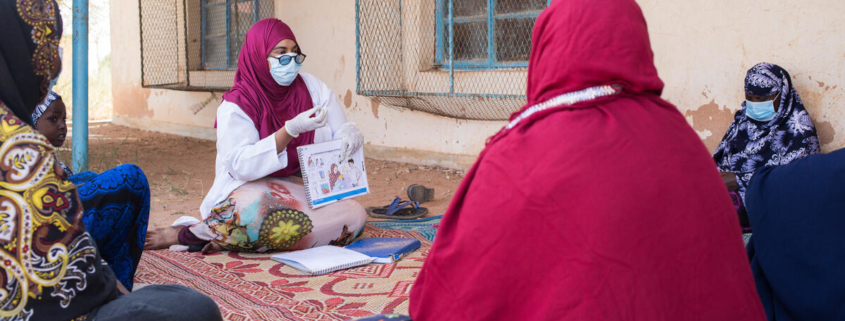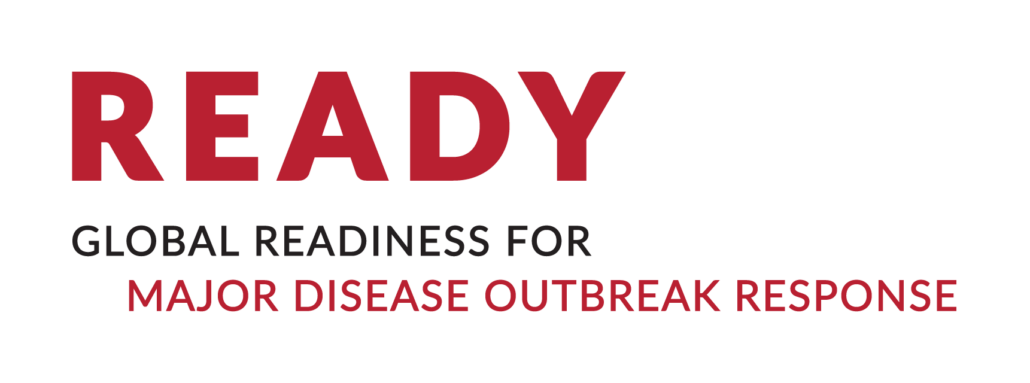What is RCCE?
In the simplest terms, risk communication and community engagement (RCCE) means involving communities to make outbreak communication as effective as possible. RCCE uses social science methods, two-way communication, rumor control, and participatory engagement to support communities in mitigating outbreaks and reducing their impact. The World Health Organization (WHO) recognizes RCCE as a key response pillar for public health emergencies.
.

When new epidemics or pandemics emerge, people need immediate, practical, and accurate information about the disease, infection prevention, and outbreak control. The public health messages we provide often ask people to change their behavior or adopt new norms, which may be difficult to do or contrary to certain beliefs they hold. Mistrust in governments and health systems, low perceptions of risk, the spread of rumors and misinformation, and stigma of certain people and groups are also common barriers to effective outbreak responses.
For example, during the Ebola outbreak in West Africa, early biomedical burial practices that disregarded culturally important beliefs and rituals drove affected community members to perform burials secretly, which increased community transmission. Effective two-way communication and engagement with communities created socially and culturally acceptable, safe, and dignified burial practices that more families supported, which contributed to reducing transmission.
The promise of RCCE is to communicate and engage with communities on their terms to help them protect their families and neighbors and stop outbreak expansion and the impacts on livelihoods and well-being.
RCCE puts communities at the center of a response.
Humanitarian settings demand effective RCCE because they often present complex challenges that complicate compliance with public health measures. As such, we systematically listen to communities about their lived realities and perceptions of the outbreak and response. Effective RCCE tracks and integrates epidemiological data (such as the severity and transmissibility of disease, outbreak locations, populations at risk and their whereabouts) with social science and social listening data that point to the drivers of behavior related to the outbreak.
These data provide information about knowledge, attitudes, beliefs, norms and perceptions, including perceptions of risk (e.g., perceived likelihood of getting infected or a family member getting infected) and self-efficacy (confidence in one’s ability to take actions to stay safe and belief that those actions will work). Rumors and community feedback data further reveal people’s needs and perceptions in relation to the outbreak and response.
Equipped with this information, NGOs and communities can plan communication and response interventions that are tailored to specific affected populations to increase acceptance. Community champions and trusted influencers–such as community leaders, community health workers and religious leaders, among others–are mobilized to engage in two-way conversations with other community members and to develop community-led solutions that control the outbreak and contribute to community resilience. When communities are involved in decision-making, community capacities are leveraged and adapted to their local context, and trust is built in the response, then messages are more likely to be effective and we can facilitate an ability to meet complex and comprehensive needs to save lives.

